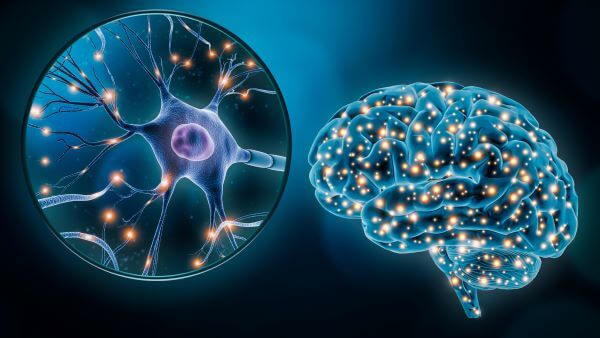
New Research confirms adult brains can generate neurons into old age
New Study Reveals Adult Human Brains Continue to Grow Neurons Well Into Old Age
The New Research by the scientists at Sweden’s Karolinska Institutet has delivered the most definitive evidence yet that Confirm adult human brains retain the capacity to generate new neurons ( new Nerve Cells ) —even into the later decades of life. Published this week in Science, the work uses cutting-edge molecular tools and artificial intelligence to map the full lifecycle of neurone birth in post-mortem human hippocampus tissue, conclusively settling a debate that has spread out more than half a century.
research shows that human brain of adults to grow neurone (nerve cells) in old age stage.
⸻
Adult Neurogenesis
For decades, the prevailing dogma held that humans are born with their lifetime supply of brain cells, with little or no renewal after early childhood. However, hints of adult neurogenesis (process of neurone formation in adults by neurogenic stem cell)—first observed in rodents and later inferred in humans via carbon-14 dating—remained controversial due to conflicting experimental results and methodological challenges.
The new study turns that controversy on its head by identifying not only immature neurons in adult brains but also the dividing neural progenitor cells from which they arise. That means researchers have now observed the entire sequence—from stem cell division through to young neuron formation—within hippocampal samples drawn from donors aged 18 through 78.
⸻
How the Discovery Was Made
1. Sample Collection: Brain specimens were obtained from international tissue banks, covering an age range of newborns to nonagenarians.
2. Single-Nucleus RNA Sequencing: Over 400,000 individual nuclei were profiled to classify cell types and developmental states.
3. Flow Cytometry: Cells expressing markers of active division were physically separated and quantified.
4. Spatial Transcriptomics: Advanced imaging (RNAscope and Xenium platforms) mapped progenitor cells and their progeny to the dentate gyrus—a hippocampal subregion essential for learning and memory.
5. Machine Learning Analysis: Sophisticated algorithms traced the maturation pathway from neural stem cell to immature neuron, flagging key gene-expression changes at each stage.
By integrating these methods, the team showed that—even in 70- and 78-year-old donors—pockets of dividing progenitors persist, producing new neurons that could integrate into existing neural circuits.
⸻
Key Findings
• Persistent Neurogenesis: New neuron creation does not halt at adulthood but tapers gradually, with detectable activity in most individuals studied up to age 78.
• Individual Variability: Some older adults showed robust progenitor cell counts, while others had fewer, suggesting genetics, lifestyle, or health factors influence neurogenic capacity.
• Localized Renewal: All neurogenic (nervous cell activity) activity was confined to the subgranular zone of the dentate gyrus,
reaffirming this region’s unique plasticity across the whole life.
⸻
Implications for Brain Health
The confirmation of lifelong neurogenesis carries profound implications:
• Memory & Learning: Continued neuron birth may underpin our ability to form new memories and adapt to changing environments, even in late life.
• Mental Health: Since reduced hippocampal neurogenesis has been linked to depression and anxiety, strategies that boost progenitor activity might offer novel treatment pathways.
• Neurodegenerative Disease: Harnessing or mimicking natural neurogenesis could open new frontiers in Alzheimer’s and Parkinson’s therapies, where neuronal loss is a hallmark.
⸻
Looking Ahead: Boosting Our Inner Regenerator
Animal studies have long shown that physical exercise, enriched environments, certain diets, and even specific learning tasks stimulate hippocampal neurogenesis. With solid proof now established in humans, researchers are gearing up to test interventions—ranging from targeted pharmaceuticals to lifestyle programs—that could enhance our brain’s innate renewal machinery.
⸻
Conclusion
This landmark research from the Karolinska Institutet paints a hopeful picture: our brains remain dynamic, capable of self-renewal far beyond the youthful years. As scientists explore how to nurture this process, we may soon move from merely preserving brain health in aging to actively revitalizing it—underscoring a new era of regenerative neuroscience.